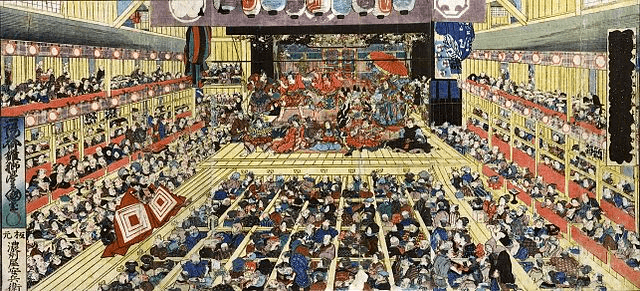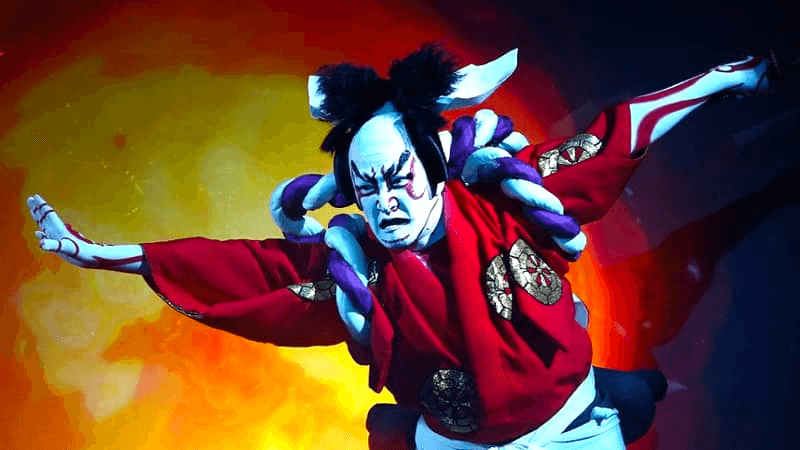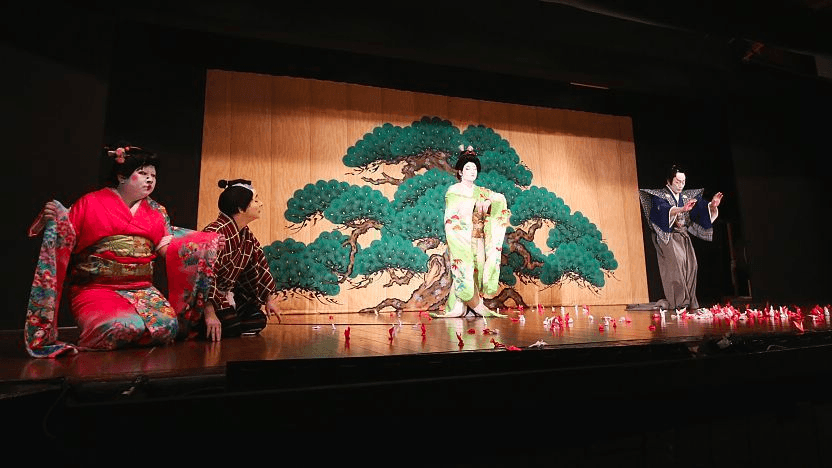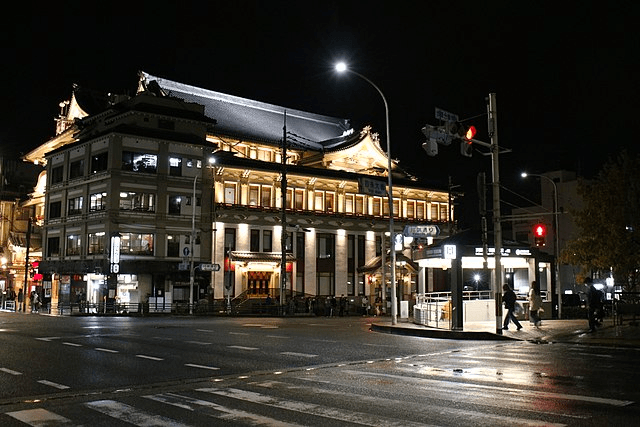Kabuki Unveiled: A Guide to Experiencing Japanese Theater
Journey into the World of Kabuki Theater
Kabuki theatre is a traditional Japanese art form that has been captivating audiences for over 400 years. With its colorful costumes, dramatic performances, and unique stage design, Kabuki has become an essential part of Japan's cultural heritage. If you are traveling to Japan and want a go at experiencing Japanese theatre, read on to find out what to expect along with some practical tips to help you plan your visit.
What is Kabuki?
Kabuki is a theatre form which includes elements of music, dance, and drama. Traditionally, Kabuki theatre are broadly classified into three categories: historical dramas depicting events that occurred among the nobility and samurai classes before the Edo period; domestic dramas which portrays the lives of townspeople during the Edo period; and dance pieces that includes elements of classical dance. Today, new forms of Kabuki have been created, including Kabuki that has been adapted from manga comics like Naruto and One Piece.

Kabuki theatre is characterized by its unique features, such as the elaborate and outlandish makeup, costumes, and stage design. The actors use distinctive makeup to transform themselves into their characters, and their costumes are often colorful and highly detailed. The stage itself is designed to allow for dramatic entrances and exits, with trapdoors and lifts that allow actors to appear and disappear from the stage. In Kabuki theatre, the visual impact is much more important than the plot.
History of Kabuki Theatre
Kabuki theatre has its origins in the early 17th century, during the Edo period in Japan. It was developed as a form of entertainment for the common people and was initially performed by all-female troupes. However, due to its popularity in red-light districts and subsequent association with prostitution, the government banned female Kabuki performances in 1629, and the roles were subsequently played by male actors. Today, Kabuki is still performed only be male actors.

Over the years, Kabuki has evolved and developed, with changes in style and content reflecting the changing times. During the Meiji Restoration in the late 19th century, Kabuki underwent a period of decline, as it was seen as outdated and out of touch with the modern world. However, it regained its popularity in the 20th century and is now recognized as an important part of Japan's cultural heritage.
Experiencing Kabuki Theatre
Kabuki performances typically run about 4 hours each, and each show will typically have three to four acts. Some shows allow for the option to purchase single act tickets, which are a great choice for those who just want to experience the show but not want to spend half a day.

To fully appreciate a Kabuki performance, it's essential to have some knowledge of the play's plot and characters. The performances will be in Japanese, but if you don’t understand Japanese, here are some tips that can help you better appreciate the performance.
- Read up the plays before your visit for an understanding of what the play is about.
- Most theatres provide a detailed English synopsis that you can obtain from the ticket counter, either for free or at a price. To be able to enjoy the play, it is probably a good idea to get the synopsis and get familiar with the characters and their motivations.
- Some theatres will provide English audio guide rentals, although this has been temporarily suspended across most theatres until further notice. But if these are resumed during your visit, it is strongly recommended that you take up that option as it will help you also understand the dialogue during the performance.
Kabuki Theatre Etiquette

There are some etiquette and norms to take note of when watching Kabuki:
- Remain quiet during the performance. The audience is usually very quiet so even the slightest of whispers might be frowned upon.
- Clapping and shouting usually happens in between scenes. The audience might shout the names of their favourite actors to encourage them — feel free to shout along at this point if you would like.
- Photography and videography is strictly prohibited.
- Eating during performances is not allowed. But you can do so at your seat during intermission.
Where to Watch Kabuki?
There are a few theatres in Japan that you can watch Kabuki.

Kyoto
Minamiza Theatreis considered to be the birthplace of Kabuki, and is the only Kabuki theatre that remains in Kyoto today.
Tokyo
In Tokyo, you can go to the Kabukiza Theatreor Shinbashi Enbujo Theatrein Ginza. The Kabukiza Theatre hosts performances throughout the year.
Alternatively, you could consider heading to the **National Theatre **for a discovery show — these shows are not the full Kabuki performances that you will see at the Kabuki theatres, but if you just wanted to find out more about this form of art, these ‘beginner’ or ‘discovery’ shows would make a good option. The shows at National Theatre also have English synopsis, making it much more accessible if you don’t understand Japanese.
Osaka
In Osaka, you can head to the Osaka Shochikuza Theatre, but the show schedules are much less frequent.
Fukuoka
Although it isn’t a dedicated Kabuki theatre, the Hakataza in Fukuoka also has a few runs of Kabuki shows throughout the year.
How to Buy Tickets?
You can buy your tickets online or at the box office of the theatres. Single act tickets are only available at the box office on the day itself and you cannot purchase in advance.
To find out about the show schedules and buy tickets online, here are some useful links:
- For shows in Minamiza Theatre (Kyoto), Kabukiza Theatre (Tokyo), Shinbashi Enbujo Theatre (Tokyo), and Osaka Shochikuza Theatre (Osaka): Show schedules | Ticketing
- For National Theatre (Tokyo) shows: Show schedules | Ticketing
- For Hakataza (Fukuoka) shows: Show schedules | Ticketing (Both sites in Japanese only)
Should you watch Kabuki?
Admittedly, Kabuki is not for everyone. But even then, most people will find the experience rather eyeopening and interesting — at least for the first part of the show. After that, how much you enjoy the show largely depends on how much you understand it. Some people also draw parallels between Kabuki and opera, so that could be an indication of whether you might enjoy it.
If you want to gain a deeper appreciation for the Japanese culture, then you should definitely watch Kabuki. But if you are still unsure, consider going for one of the discovery or beginner shows, or just watch a single act.
Stay Connected in Tokyo with a Nomad Travel eSIM for Japan
Stay connected hassle-free in Japan with a Japan travel eSIM from Nomad. Nomad offers affordable data eSIMs in over 200+ destinations worldwide, — including Japan.
Choose from a variety of local, regional, and global data plans, buy and install your travel eSIM before you fly, and get connected to a local network the moment you land. Running out of data mid-trip? Simply purchase an add-on in the Nomad app.
Planning a trip to Tokyo? Get a Japan eSIM to stay connected during your trip.